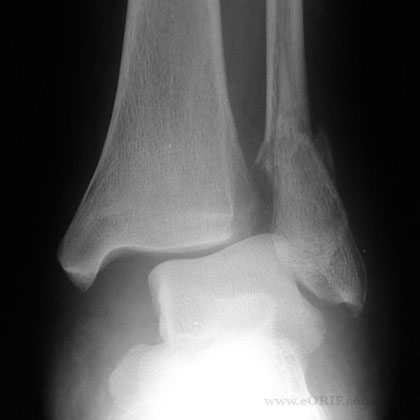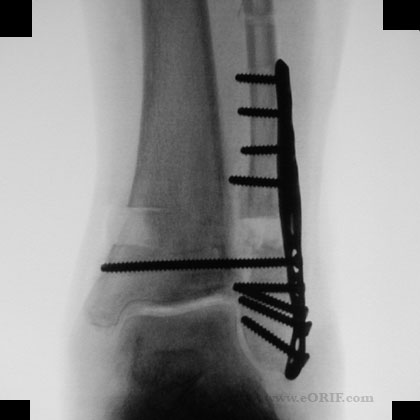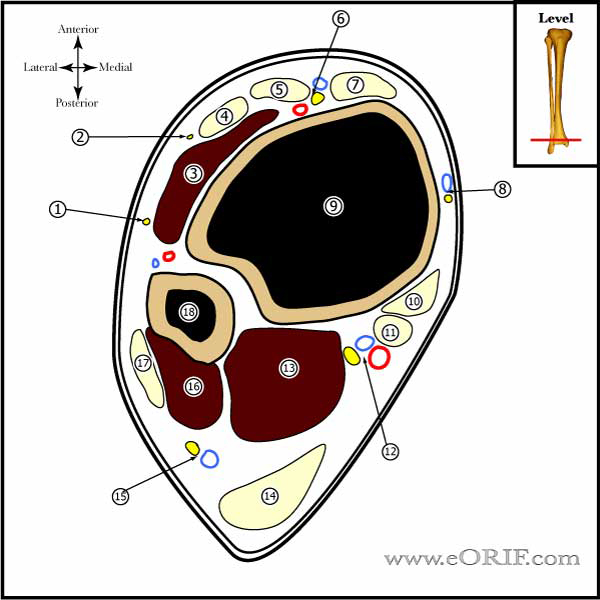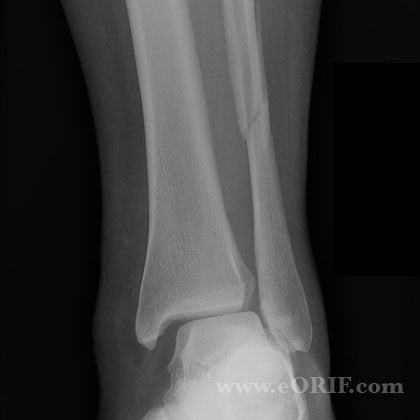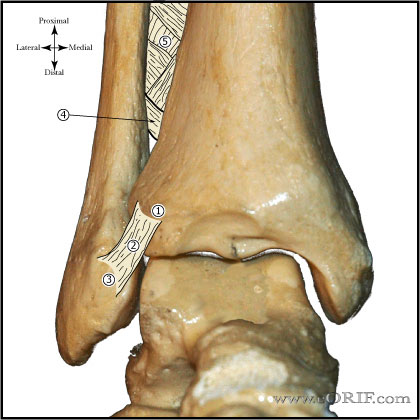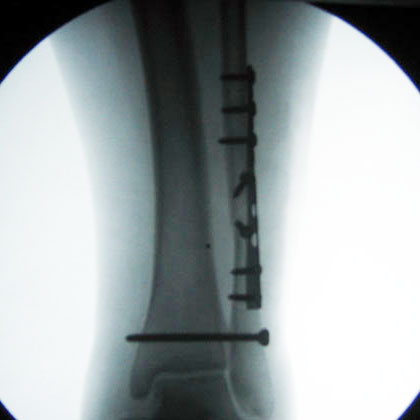synonyms: syndesmosis fixation Syndesmosis Fixation Indications
Syndesmosis Fixation Contraindications
Syndesmosis Fixation Alternatives
Syndesmosis Fixation Planning / Special Considerations
Syndesmosis Fixation Technique
Syndesmosis Fixation Complications
Syndesmosis Fixation Follow-up care
Syndesmosis Fixation Review References
|

